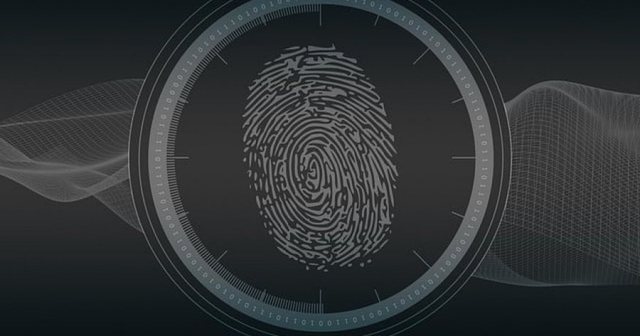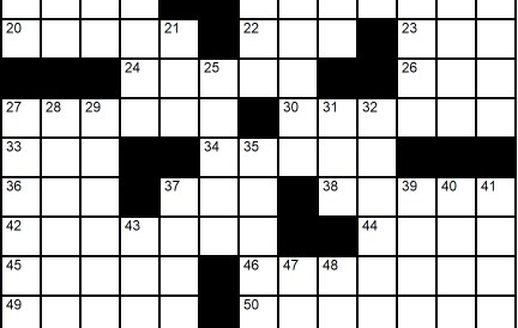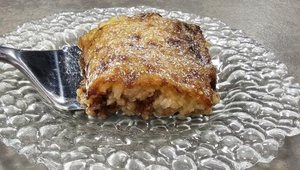
Why are fingerprints unique?


The use of fingerprints for identification began in the late 1800s, although ancient civilizations had recognized their uniqueness.
The Babylonians used fingerprints on clay tablets for business transactions, although they did not understand their permanence.
Over time, fingerprints became a key tool in criminal investigations. Today, we accept that no two fingerprints are the same, but why is this the case?
The purpose of fingerprints
Although they seem insignificant, fingerprints play a crucial role in how we interact with the world. An early theory suggested that they improve grip, like tire treads.
However, studies found that fingerprints actually reduce friction rather than increase it.
They may help in humid conditions by wicking away moisture, but the evidence remains inconclusive.
A more convincing theory is that fingerprints enhance touch sensitivity. Our fingers contain mechanoreceptors, including Pacinian corpuscles, which detect vibrations.
The researchers tested artificial sensors, one smooth and one with stripes like a fingerprint.
The striped version created vibrations 100 times stronger at the frequency detected by Pacinian corpuscles, proving that fingerprints amplify our sense of touch.
Without fingerprints, handling objects would be like wearing rubber gloves. The delicate texture of silk, leather, or rough surfaces would be harder to discern.
Our ability to interpret fine details through touch depends heavily on fingerprints.
Are fingerprints really unique?
We often hear that no two fingerprints are the same, but how do we know this for sure? Most people have never had their fingerprints taken, so this claim is based on the uniqueness of the recorded samples.
However, even identical twins have different fingerprints, supporting the idea of their uniqueness.
Fingerprints were widely accepted as a means of identification because they were seen as infallible. Unlike witness testimony, which could be inaccurate, fingerprints provided tangible evidence in court.
In 1894, Scientific American claimed that the odds of two identical fingerprints were one in 64 trillion, meaning a match would occur in more than a million years.
However, fingerprint analysis is not foolproof. The process relies on matching specific points of similarity, but different jurisdictions have different standards.
Some require 12 points of match, others 16, while some simply depend on the judgment of an expert.
This change creates the possibility of mistakes, causing innocent people to be convicted or the guilty to be acquitted.
Një nga arsyet pse provat e ADN-së janë bërë më të besueshme se shenjat e gishtave është se këto të fundit mund të jenë të paqarta, të paplota ose të vështira për t'u krahasuar.
Sistemi nuk është perfekt, por asnjëherë nuk është regjistruar që dy persona të kenë shenja gishti identike.
Në vitin 2024, inteligjenca artificiale zbuloi një detaj të papritur: shenjat e gishtave kanë ngjashmëri midis gishtave të ndryshëm të së njëjtës dorë.
Analiza e IA-së tregoi se shenjat nga gishta të ndryshëm mund të lidhen me deri në 77% saktësi, diçka që shkenca mjekoligjore nuk e kishte vënë re më parë.
Edhe pse kjo nuk sfidon unikalitetin e shenjave midis individëve të ndryshëm, tregon se modelet e tyre nuk janë plotësisht të rastësishme.
Pse janë të ndryshme?
Shenjat e gishtave formohen para lindjes në shtresën epiteliale të lëkurës. Fillimisht, modelet në zhvillim i ngjajnë folikulave të qimeve, por më pas evoluojnë në mënyrë unike.
Studiuesit zbuluan se formimi i shenjave të gishtave ndjek një model Turing, i quajtur sipas teorisë së Alan Turingut mbi zhvillimin natyror të modeleve.
Modeli i Turingut sugjeron se dy lloje molekulash, një aktivizues dhe një inhibitor, bashkëveprojnë për të krijuar modele biologjike, si vijat e një zebre ose njollat e një leopardi.
Në mënyrë të ngjashme, shenjat e gishtave shfaqen kur disa gjene prodhojnë proteina që ndikojnë në kreshtat e lëkurës.
Ky proces fillon në tri zona specifike të gishtit: pranë thoit, në mes dhe afër rrudhave të para. Nga këto pika, kreshtat përhapen dhe bashkohen në mënyra unike, duke krijuar modele që nuk përsëriten kurrë njësoj.
Rastësia e këtij procesi siguron që edhe binjakët identikë të zhvillojnë shenja gishti të ndryshme.
A ndryshojnë shenjat e gishtave?
Shenjat e gishtave mbeten pothuajse të njëjta gjatë gjithë jetës, edhe pse mund të ndodhin ndryshime të vogla me kalimin e kohës.
Studimet që analizuan shenjat e gishtave gjatë një periudhe prej pesë deri në 12 vjet zbuluan variacione të vogla, por të parëndësishme për identifikim.
Plakja nuk i ndryshon shenjat e gishtave aq sa të pengojë përputhjen e saktë. Megjithatë, shenjat me cilësi të dobët, si ato të paqarta ose të paplota, mund ta vështirësojnë identifikimin.
Sfida e vërtetë në kriminalistikë nuk është plakja, por cilësia e shenjave të mbledhura.
Disa njerëz kanë provuar t’i heqin shenjat e gishtave duke i prerë, djegur ose përdorur acid, por kjo ka vetëm një efekt të përkohshëm.
Kur lëkura shërohet, modeli origjinal rishfaqet. E vetmja mënyrë për t'i hequr përgjithmonë është dëmtimi i shtresës së dermës përtej riparimit, por edhe atëherë, plagët bëhen shenja identifikimi.
E ardhmja e analizës së shenjave të gishtave
Teknologjia e shenjave të gishtave është përmirësuar ndjeshëm me avancimin e inteligjencës artificiale dhe biometrisë. IA-ja tani mund të analizojë ngjashmëritë midis gishtave, duke ofruar njohuri më të thelluara në shkencën mjekoligjore.
As technology advances, fingerprint analysis may become even more reliable, strengthening its role in criminal investigations and personal identification.
Despite some limitations, fingerprints remain one of the most useful tools for identifying individuals. Their uniqueness ensures that, for better or worse, they remain with us forever.

ideas
top
Alfa recipes
TRENDING 
services
- POLICE129
- STREET POLICE126
- AMBULANCE112
- FIREFIGHTER128






























